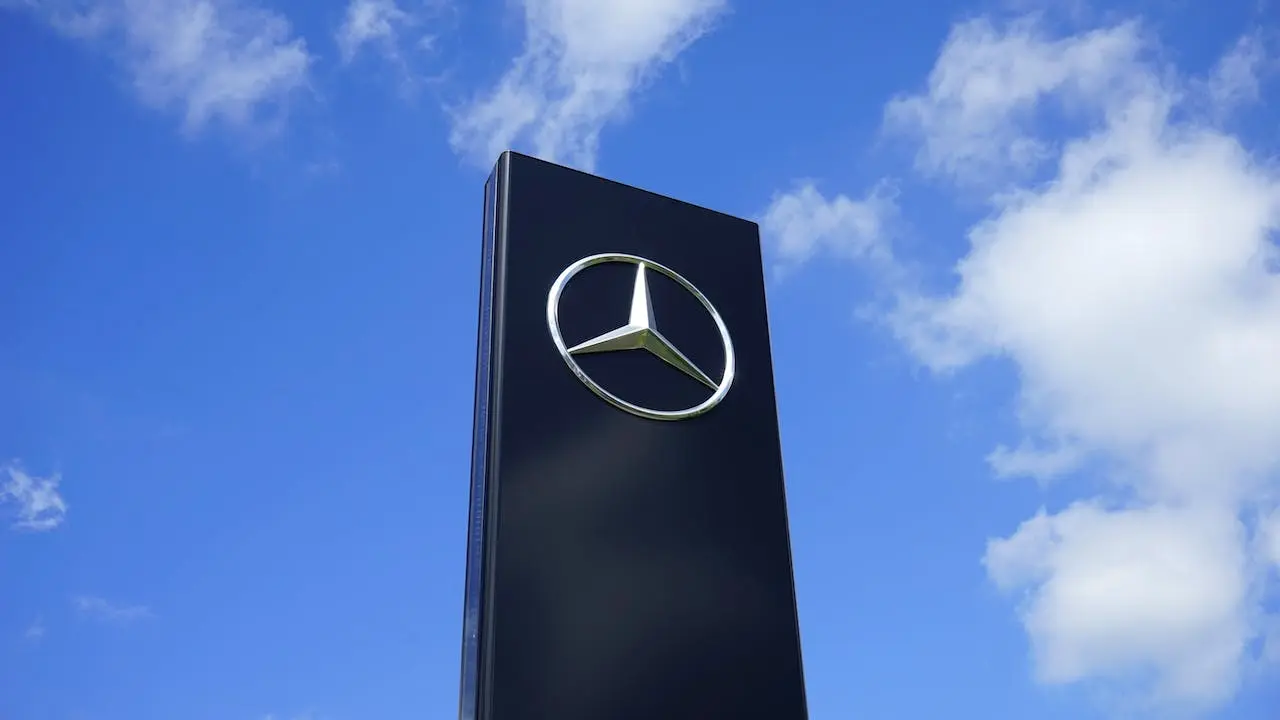
Mercedes-Benz Trucks and Autobahn GmbH, an entity owned by the German Federal Government, jointly tested the battery-electric eActros 600 in demanding winter service at the beginning of February. Autobahn GmbH used a prototype of the electric truck on a section of the A2 highway between Hamm and Bielefeld with a semitrailer supplied by Epoke. As a preventive measure against ice, Autobahn GmbH used a brine made of water and salt as a more environmentally friendly alternative to conventional road salt.
The semitrailer enables the spreading of brine at a speed of 80 km/h up to a width of 12 meters. It is powered independently of the tractor unit via the rear wheel of the semitrailer. The brine spreader is controlled wirelessly via a radio remote control. Testing has shown that preventive spreading of brine in winter service operations can be mastered with electric trucks.
The eActros 600 for long-haul transport celebrated its world premiere last October. The start of series production is planned for the end of 2024. The high battery capacity of more than 600-kilowatt hours – hence the model designation 600 – and a new, particularly efficient electric drive axle developed in-house, enable the e-truck to achieve a range of 500 kilometers[1] without intermediate charging. The CO2[2] footprint of the eActros 600 depends heavily on the electricity mix used for driving operations. With the current European energy mix, the eActros 600 achieves CO2 savings of around 40 percent compared to a comparable diesel Actros and, with fully renewable energies, of more than 80 percent over the entire product life cycle of ten years from raw material extraction. This corresponds to savings of around 370 or 775 tons of CO2. As a result, the eActros 600 can compensate for the higher CO2 footprint ex works due to its batteries within its second or first year of operation in long-haul transport.
Source link




